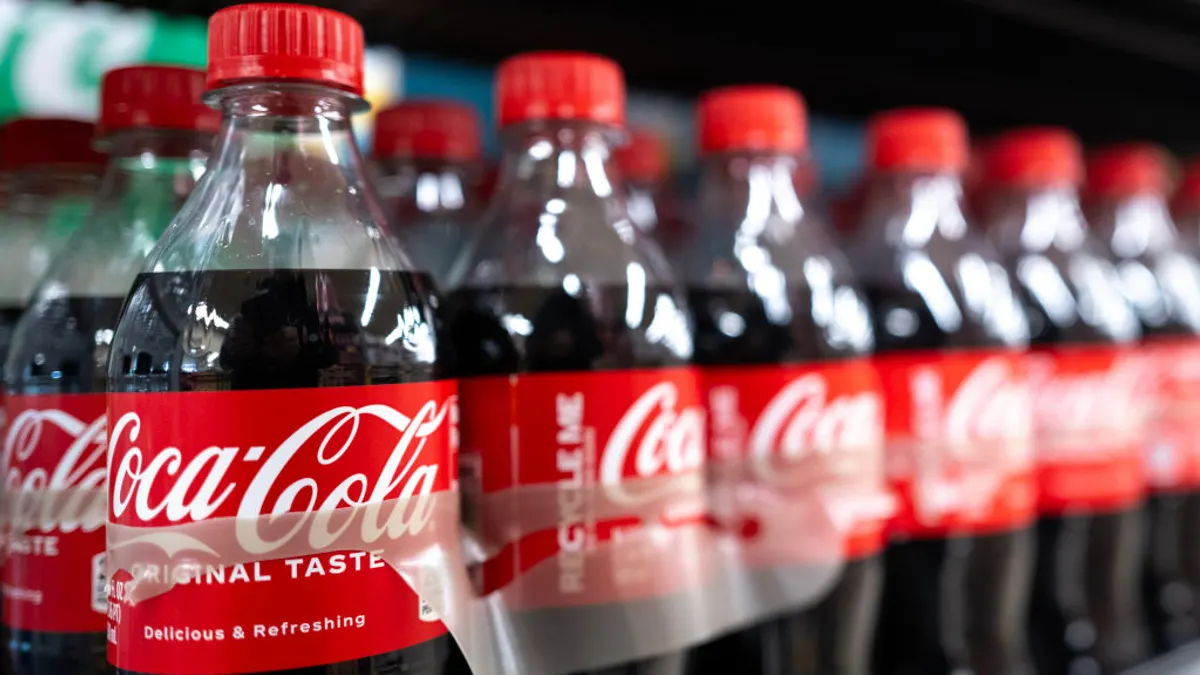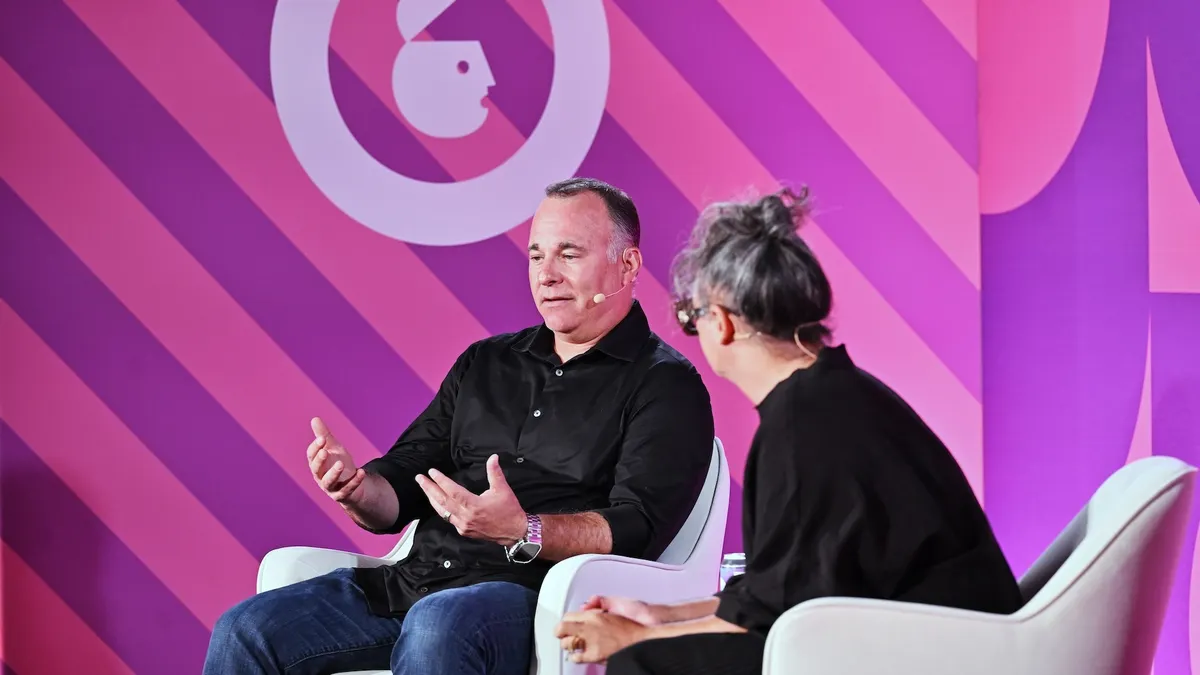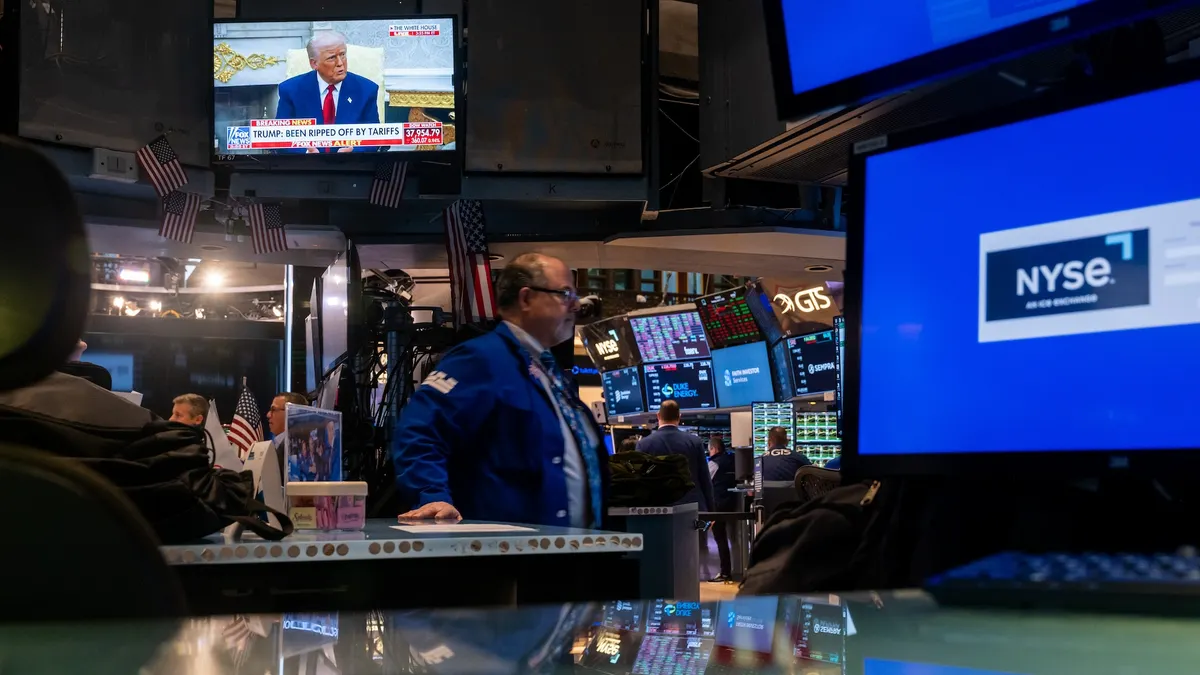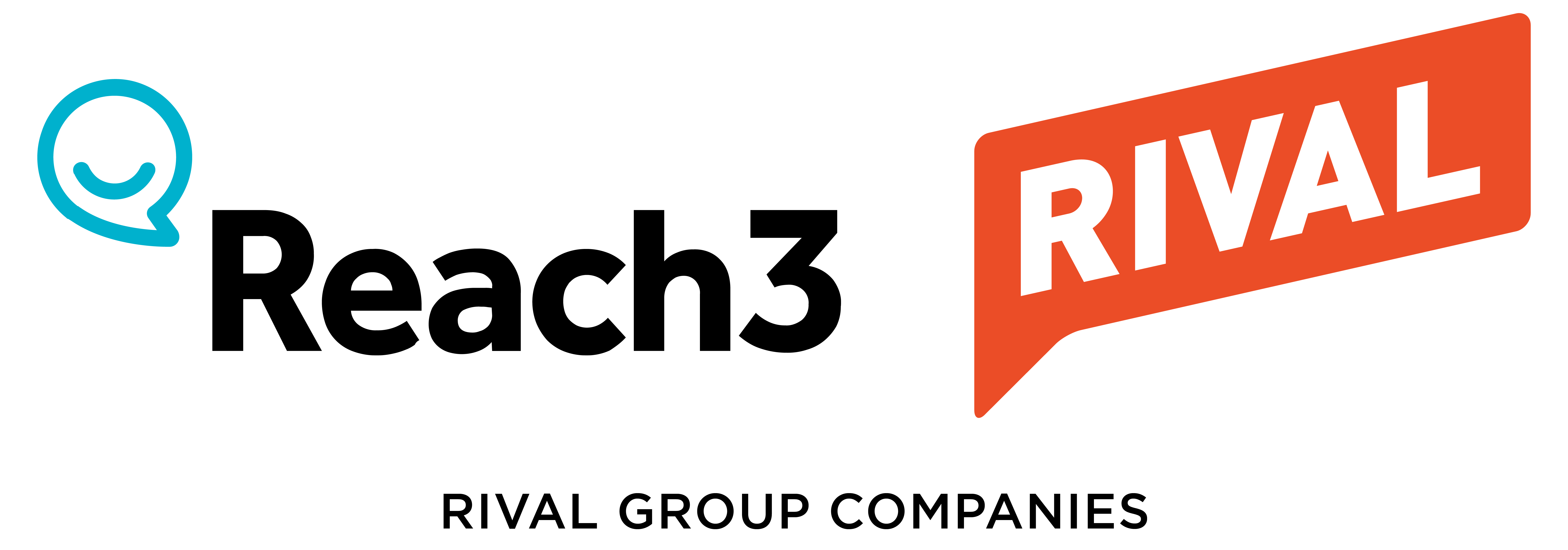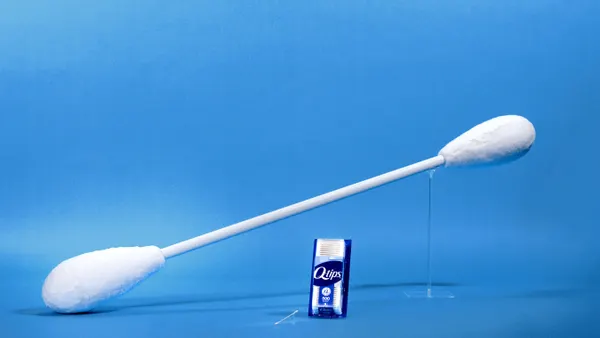Dive Brief:
- Coca-Cola saw organic revenue grow 5% in Q2 despite global unit case volume declining by 1%, per an earnings report. The company still expects to deliver 5% to 6% organic revenue growth this year.
- Marketing campaigns were cited by executives as contributing to the growth of different brands, including original Coca-Cola, Coca‑Cola Zero Sugar and Diet Coke.
- The beverage maker is navigating a volatile global economy and recently announced plans to use U.S. cane sugar in its signature beverage, a change first announced by President Donald Trump.
Dive Insight:
Coca-Cola’s Q2 earnings, which beat Wall Street’s expectations, demonstrate how the CPG giant is driving growth despite facing different challenges around the globe. The company’s organic growth rate is in line with its guidance for the full year even as volumes soften.
“[While] the external environment continues to be dynamic, and there is no doubt that much uncertainty remains in the downhill, we remain growth-orientated,” said CEO James Quincey on a call discussing the results with investors. “We’re continuing to pivot our plans as needed, and we are harnessing our all-weather strategy to deliver on our growth ambitions.”
Part of that “all-weather strategy” rests on marketing, which executives cited as bolstering a number of brands during the quarter. The company used contextually relevant advertising to push messages of value and affordability in Q2, and saw volume growth for Coca-Cola Zero Sugar, Diet Coke, Fanta, Fairlife, Bodyarmor and Powerade.
A relaunch of the “Share a Coke” campaign was activated on more than 10 billion bottles and cans in more than 120 countries and included over 30,000 names tailored to local markets. The effort contributed to single-serve transaction growth in the category and helped Coca-Cola Zero Sugar see double-digit volume growth for the fourth consecutive quarter. Meanwhile, Diet Coke’s “This is My Taste” campaign, which was inspired by social media insights, contributed to the product’s fourth consecutive quarter of volume growth in North America.
Coca-Cola’s marketing was also a source of productivity-related savings that improved the company’s margins. The marketing transformation that the company has undertaken for the last few years is finding not just effectiveness via digital and segmented advertising, but also efficiencies in advertising production and media buying, Quincey explained.
“They’re going to need to make investments in different areas of the company to drive future sales, but they also like to get productivity enhancements to offset some of those investments so… they can grow the top line and improve margins,” said Dave Novosel, senior bond analyst Gimme Credit. “The fact that they've been able to do both is encouraging… The advertising productivity is a big part of that.”
Coca-Cola’s marketing transformation has also helped the company quickly test ideas, share learnings and scale campaigns across its portfolio. To that point, the company saw consumer perception improve significantly in Mexico as it launched initiatives like its “Juntos Posen” campaign and an activation around the World Cup. The use of targeted, contextual advertising also helped Coca-Cola push back on claims about how its product is made that have dogged the company in several markets and demographics.
The company also made official plans to expand its flagship product with an offering made with U.S. cane sugar as a way to offer consumers more choices. The plan was first announced last week by President Trump.
“As you may have seen last week, we appreciate the President’s enthusiasm for our Coca-Cola brand,” Quincey said on the earnings call.


